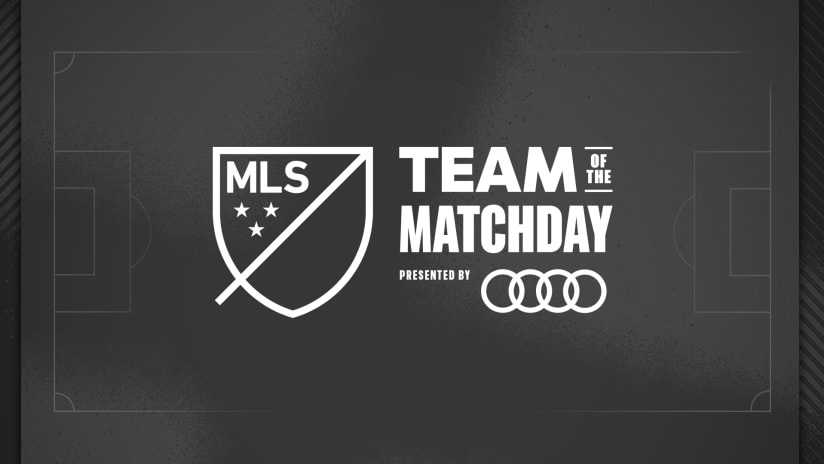BOSTON – Last December, Harvard University sophomore Brendan Kent sat in a common room at Leverett House, the largest residence hall on campus, concentrated on a final.
But it wasn’t a semester-ending exam that held the statistics major’s attention. The final in question was a soccer game – MLS Cup, to be exact. And although Kent was watching nearly 650 miles away from MAPFRE Stadium in Columbus, he had skin in the game, a championship ring was on the line.
In May, seven months earlier, Portland Timbers general manager Gavin Wilkinson had hired the 20-year-old, after the two connected through a mutual friend, whose interest in the game was sparked by an outing to an FA Cup match during a 2012 trip to England, as a part-time data analyst. He spent the summer in Portland, returning to Cambridge in the fall to attend classes while working remotely.
His primary duty? Helping the Timbers streamline their strategy for acquiring players and building an MLS roster that can defend the MLS Cup championship they won on that nerve-wracking evening in December.
“We’ll give [Kent] a list of players that we are targeting,” Wilkinson told MLSsoccer.com. “We’ll ask that to be weighted relative to the league that they are coming from, compare that with the average MLS player. We have key performance indicators for all of our players and the positions they play in. We see how that player measures within the league that they are coming from and how that league measures against MLS.”
It’s that sort of background that can help the Timbers identify and evaluate players such as Lucas Melano, who arrived from Lanus in the summer of 2015. The Argentinian struggled to adapt to MLS during the regular season, but found his footing during the playoffs, scoring in the Western Conference Championship against FC Dallas and providing the assist on Rodney Wallace’s game-winning goal in MLS Cup.
Neither Kent nor Wilkinson were willing to be specific about moves the former has been involved in, but the Timbers GM said having another filter with which to help determine a fit – both within the team and the league – can only help the club in the decision-making process.
“We are continually developing and improving key performance indicators for each position within our system,” Kent told MLSsoccer.com. “These are metrics that we use to assess a player's ability and characteristics in a specific role. So the stats we look at are heavily dependent on the position in question.
“For example, for a No. 10 I may be looking at metrics like expected goals assisted, among others, that we deem relevant to that role. The context of the stats is also very important, so I'm often using tools that allow me to tease out the context of a certain player's stats. This means taking into consideration location on the field and scenario, among other contextual factors, when analyzing the [data].”
Player recruitment isn’t the only area in which the Timbers are looking to gain an edge. Portland have two full-time staffers in their sports science department, an effort to keep players at peak fitness and prevent injuries. They also use data to self-evaluate, identifying trends within the team via expected goals models and other advanced metrics.
“If we’re creating chances, what are the quality of chances? To be able to paint a clearer picture of that is very important,” Wilkinson said. “It gives us ideas. It gives us a thought process. Are these alarming trends or are they trends that are acceptable?”
Wilkinson admits the Timbers’ efforts are in their infancy, but that doesn’t mean the club isn’t ambitious – and willing to spend to back up that ambition.
Portland are working on developing positional profiles for every player in their academy to see how that prospect fits the positional needs of the first team. They’ve already completed that project for their USL team, Timbers 2.
Ultimately, though, everything leads back to Caleb Porter and the first team. How can data help the club’s decision-makers do their jobs in the most efficient way possible – and perhaps even deliver another MLS Cup?
“Can we get through a lot of the information on players so we can get to a decision quicker? The more information that feeds into our data set, the better off we are,” Wilkinson said. “What it will do is eliminate the amount of work that’s put into scouting players, it will eliminate a lot of the process that gets us to a point where we now can scout a select few at a deeper level rather than scout everyone.
“We’re using data as a form of elimination to look at our trends, to look at the trends within MLS, to compare those within our positional profiles to get to a subset of players that we feel could be more productive for the Timbers.”
As for Kent, his future is up in the air. The Bend, Oregon native is still waiting on his ring – if it doesn't arrive before the end of the semester, he'll pick it up this summer in Portland – and he still has at least two more years at Harvard to complete his degree. Like many college students, he’s not exactly sure where he’ll end up after that.
“Right now I just want to get as much experience as I can,” he said, “and do as much as I can with the Timbers.”










